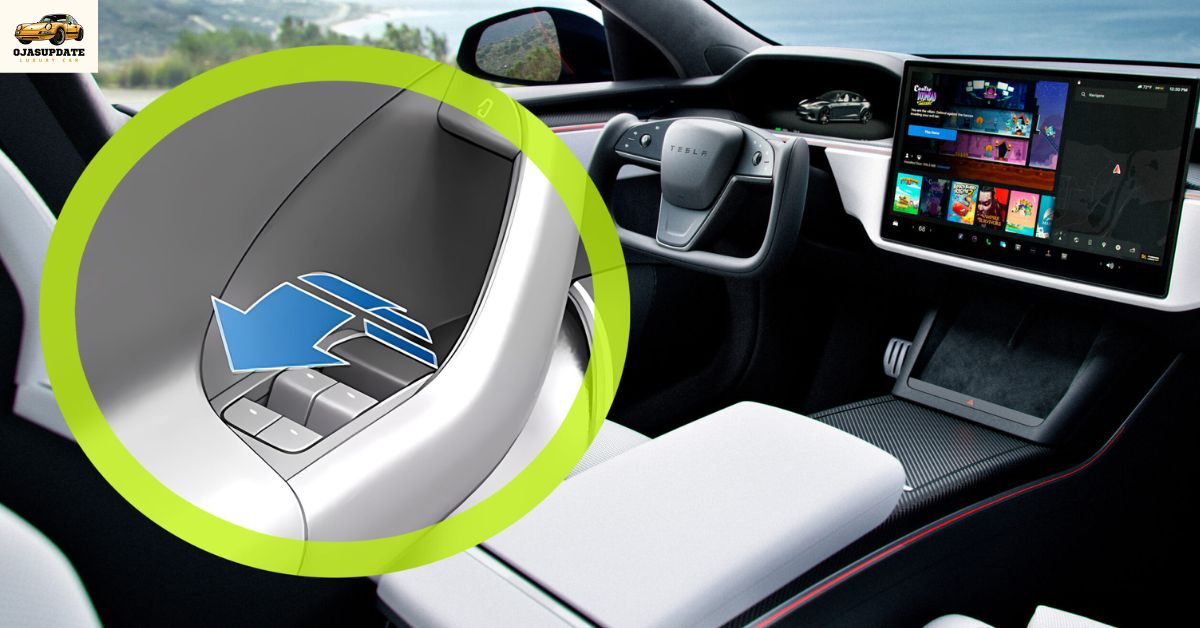
Tesla vehicles are known for their sleek design, cutting-edge technology, and futuristic features—including electronic door handles and latches. But what happens when the car loses power? Whether due to a dead battery, system failure, or accident, knowing how to manually open Tesla doors in an emergency is crucial for safety. This guide walks you through the steps for each model and highlights important precautions every Tesla owner should know.
⚠️ Why This Matters
Unlike traditional cars with mechanical door handles, Tesla vehicles rely heavily on electric actuators to open doors. While this enhances aesthetics and aerodynamics, it can pose challenges during power outages or system malfunctions. Fortunately, Tesla includes manual release mechanisms in all its models—but they’re not always obvious.
🚪 Model 3 and Model Y: Manual Door Release
Front Doors:
- Locate the manual release lever in front of the window switches on the armrest.
- Pull up firmly to disengage the latch and open the door.
Rear Doors:
- Look inside the rear door pocket.
- Find the slot in front of the release cover.
- Slide your finger into the slot and lift to remove the cover.
- Pull the mechanical release cable forward to open the door.
Important Warning: Tesla advises against using the manual release while the vehicle is moving, as it bypasses the electronic safety systems. Use it only when the car is stationary and has no power.
🚗 Model S and Model X: Emergency Exit Procedures
Model S:
- Front doors have a manual release lever near the window switches.
- Rear doors may require removing a trim panel to access the emergency release cable.
Model X:
- The front doors include a manual release similar to the Model S.
- The Falcon Wing rear doors are more complex. In case of power failure, there’s a manual override located behind a trim panel near the hinge. This should only be used in emergencies and with caution.
Note: Due to the unique design of the Model X’s doors, it’s recommended to familiarize yourself with the emergency release location and procedure ahead of time.
🔋 What Causes Power Loss?
Tesla vehicles can lose power due to:
- A drained 12V battery (which powers door actuators and other accessories)
- High-voltage battery failure
- Software glitches or system crashes
- Accidents that disable electrical systems
In such cases, the electronic door buttons won’t function, and manual release becomes the only way out.
🧠 Tips for Staying Prepared
- Know Your Car’s Manual Release Points: Read your owner’s manual and locate the emergency release levers and cables. Practice using them when the car is parked and powered off.
- Inform Passengers: Make sure family members or frequent passengers know how to exit the vehicle manually.
- Keep a Flashlight Handy: In low-light conditions, finding the release mechanisms can be difficult. A small flashlight in the glovebox or center console can help.
- Avoid Using Manual Release During Motion: These mechanisms are designed for emergencies only. Using them while driving can compromise safety systems.
- Check the 12V Battery Health: Regular maintenance and monitoring of the 12V battery can prevent unexpected power loss.
🛠️ What to Do After an Emergency Exit
Once you’ve exited the vehicle using manual release:
- Contact Tesla Roadside Assistance or your local service center.
- Avoid driving the vehicle until the issue is diagnosed and resolved.
- If the power loss occurred due to an accident, follow standard safety protocols and notify emergency services.
📹 Helpful Resources
Several Tesla owners and experts have shared video tutorials demonstrating how to use the manual release features. For example, a recent YouTube guide by The Model S Plaid Guy walks viewers through the emergency exit process for both front and rear passengers, highlighting the hidden latches and when to use them.
🧭 Final Thoughts: Safety First
Tesla’s reliance on electronic systems offers many benefits, but it also requires owners to be proactive about emergency preparedness. Knowing how to manually open your car doors when power fails can make all the difference in a critical moment. Whether you drive a Model 3, Model Y, Model S, or Model X, take time to learn your vehicle’s emergency features—it’s a small effort that could save lives.



